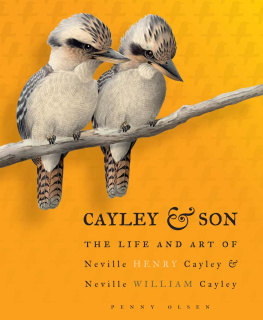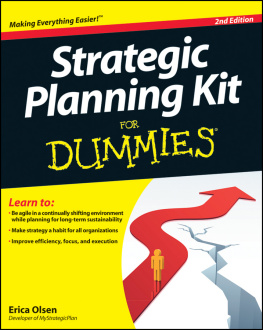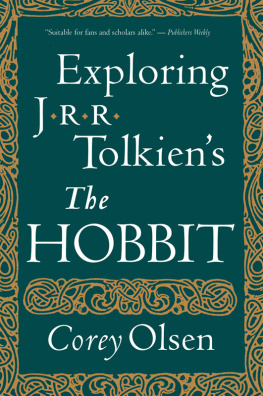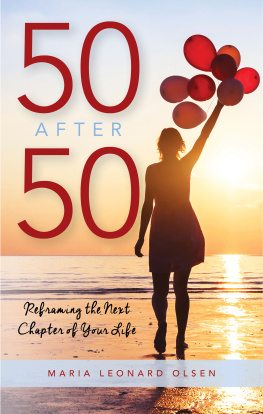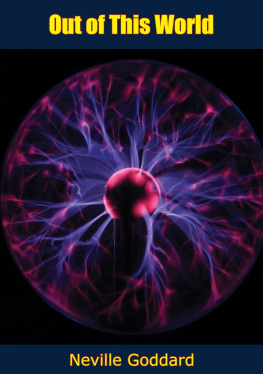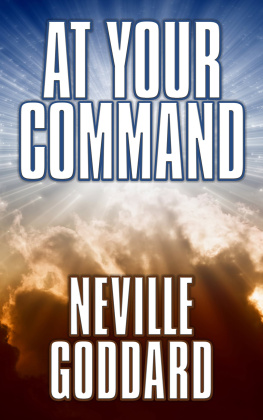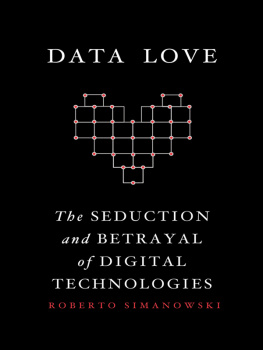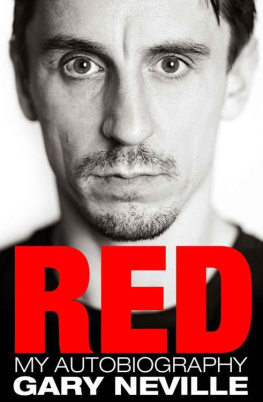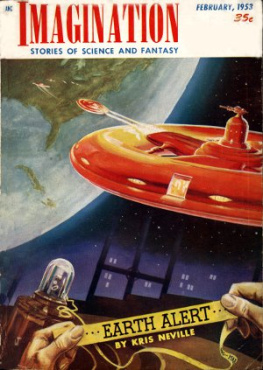Published by the National Library of Australia Canberra ACT 2600
National Library of Australia 2013 Text Penny Olsen
Books published by the National Library of Australia further the Librarys objectives to interpret and highlight the Librarys collections and to support the creative work of the nations writers and researchers.
Every reasonable endeavour has been made to contact the copyright holders. Where this has not been possible, the copyright holders are invited to contact the publisher.
This book is copyright in all countries subscribing to the Berne Convention. Apart from any fair dealing for the purpose of research, criticism or review, as permitted under the Copyright Act 1968, no part may be reproduced by any process without written permission. Enquiries should be made to the publisher.
National Library of Australia Cataloguing-in-Publication entry
| Author: | Olsen, Penny. |
| Title: | Cayley and son : the life and art of Neville Henry Cayley and Neville William Cayley / Penny Olsen. |
| ISBN: | 9780642277893 (hbk.) |
| ISBN: | 9780642278210 (ePub.) |
| Notes: | Includes bibliographical references and index. |
| Subjects: | Cayley, Neville, 1854-1903. |
| Cayley, Neville W. (Neville William), 1886-1950. |
| Birds--Australia--Pictoral works. |
| Birds in art--Pictorial works. |
Dewey
Number: | 598.0994 |
Commissioning Publisher: Susan Hall
Project Manager: Joanna Karmel
Editor: Penny OHara
Designer: Andrew Rankine, atypica
Image coordinator: Kathryn Ross
Production coordinator: Melissa Bush
Indexer: Sandra Henderson
Printed and bound in Singapore by Imago
Cover image:
Neville Henry Cayley, Two Kookaburras on a Branch 1893
Find out more about National Library Publishing at http://publishing.nla.gov.au
Editors note: Current common and scientific names accompany the illustrations in the portfolios. Quoted material has been reproduced as it appears in its original source; original spelling and punctuation have been retained.
Where generic bird names are used, such as parrots, kookaburras and ducks, the names are in lower case; where a particular bird species is referred to, such as Blue-winged Parrot, Laughing Kookaburra and Black Duck, the names are in title case.
They loved the birdsthe Cayley men
Father to son, and son again;
and in the bird they loved the land
and served Australia in that love.
From the poem, To Neville Cayley,
Mary Gilmore, 1937
FOREWORD
A s a mustard-keen ten-year-old interested in all things birds, I discovered What Bird Is That? by Neville William Cayley in the school library. Soon after, it became the first bird book I ever purchased. Every night I would immerse myself in exotic birds from remote places: birds such as the Golden-shouldered Parrot, or the evocatively named (to me) Gascoyne Cuckoo-shrike and Melville Island Friarbird. I was known to pester the owner of the local pet shop, where one day I noticed two beautiful finches that I was unfamiliar with. What Bird Is That? helped me identify them as the Zebra Finch and Chestnut-breasted Finch.
As a teenager and university student I turned my zoological interests towards book collecting, and keenly sought the books of both Neville William and Neville Henry Cayley. My first serious purchase was a set of A.J. Norths Nests and Eggs of Birds Found Breeding in Australia and Tasmania (19011914), which features vignettes and egg plates by Cayley senior. I later turned to bookselling and dealing in natural history paintings, and soon became friendly with Michael and Judy White. Michael was the grandson of the great patron of Australian ornithology H.L. (Henry Luke) White. It was White who commissioned Neville W. Cayley to paint various birds (some of them new discoveries) for Emu, the journal of the Royal Australasian Ornithologists Union. I visited Belltrees, the White family home, and it was a thrill to see a range of Cayley paintings decorating the walls. Those important works are now central to one of the best privately held collections of Cayley paintings.
The market for Cayley paintings has been strong for a long time, and there are now many fine private collections, of which most are based in Sydney. With few exceptions, the Cayley collector combines knowledge and passion for the subject with enthusiasm and generosity.
Penny Olsen is well known to anyone with a serious interest in Australian ornithology, and has many books to her name. A former editor of Wingspan (now Australian Birdlife), Penny is a tenacious and talented historical researcher and her publications for the National Library of Australia, including her fine book on the Paradise Parrot, Glimpses of Paradise: The Quest for the Beautiful Parrakeet, are testament to this. The Library has produced many excellent publications relating to their natural history holdings, and this new book on the Cayleys is no exception. I recommend this book to anyone with an interest in birds, the history of Australian ornithology or natural history art.
Andrew Isles
PREFACE
T he National Library of Australia holds a fine collection of paintings by both Neville Henry Cayley (18541903) and his son Neville William Cayley (18861950). Both men wrote or illustrated a number of books and bookletsmost of which are held in the Librarys reference collection. There are also several photographs, including one of an unidentified ornithologist that proved, on investigation, to be Neville Henry Cayley the only known photograph of him. This wealth of material and the Librarys policy to make its collection accessible to everyone presented the opportunity for a book on the works of the talented Cayleys, whose name is known to a great many Australians and to anyone who loves birds.
Cayley juniors influential What Bird Is That? has long been on my bookshelf and I was the fortunate recipient of a Cayley Memorial Scholarship, which helped me finish my doctorate, so I enjoyed discovering more about the interesting pair. It was also a pleasure to meet Neville David Cayley (Cayley juniors grandson), Neville Davids wife Elvira and his sister Joan Cayley.
During my research, I endeavoured to sort fact from much-quoted fiction, and to weave together the fragments of information about the two men, but undoubtedly there is much more to be corrected and unravelled. In places, I have gone into some detail to provide justification for the corrections to the public record, especially where Neville Henry is concerned.
Cayley senior is often portrayed as a hard-drinking, peripatetic bird artist, and indeed this claim appears to have some substance. He was also a highly talented painter when he put in the effort. It is usually said that he was born at sea off Dover, or in the town itself, to a sea captain, but in fact he was born in Norwich and was the son of a silk merchant. Further, his family name was Caley, not Cayley, and he was born in 1854, not in 1853. Baptismal records list him as Neville Henry Penniston Caley, not Neville Henry Pennington. He arrived in Australia in 1877, three years earlier than is usually proposed.
To some extent Cayley himself seems to have perpetuated some of these errors. His death certificate gives his place of birth as At Sea off Dover and his fathers occupation as Navy Captain, information supplied by his widow. His son Neville William Cayley told Archie Parry, an amateur historian at Bowral, that his father bought his way out of the Royal Navy, but I can find no record of a naval association in the United Kingdoms national archives. Lastly, Cayley juniors birth date is sometimes given as 1887, but birth records show that it was in fact the year before. His sister Alice is sometimes catalogued as Alice M., but she is Alice R., that is, Alice Rochfort.

